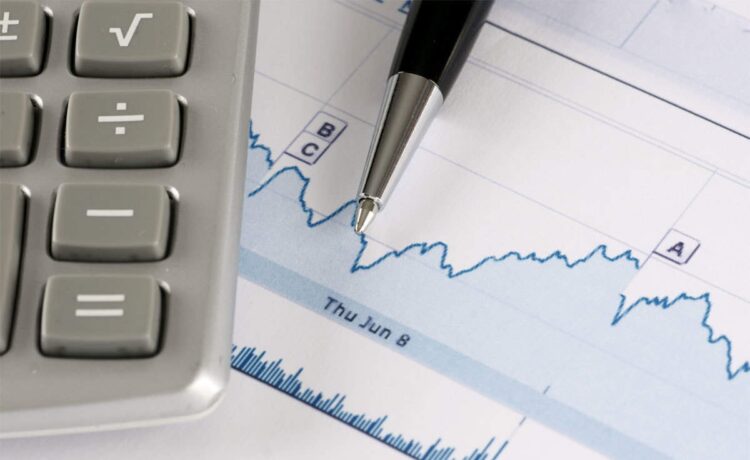The expense ratio should be considered and understood before investing in mutual funds or exchange-traded funds (ETFs). An expense ratio calculates how much it will cost to own a fund over a year. If you need help understanding a high expense ratio, it might significantly influence your results. It covers the Fund’s management, marketing, advertising, and other expenses related to administering the Fund. Both mutual funds and ETFs incur an expense ratio.
The expense ratio is the term used to describe a fund’s cost. Here are the principles behind expense ratios and what makes a reasonable expense ratio.
Expenditure Ratios: How Are They Calculated?
By dividing each Fund’s expenses—including wages, taxes, bookkeeping fees, and auditing costs—by the total value of its assets, the expense ratio for each Fund is determined.
How to Determine Expenditure Ratios
The following equation is used to compute expense ratios:
Expense Ratio = Total Fund Costs / Total Fund Assets Under Management
A fund’s expenditure ratio would be 1%, for instance, if running costs were $1 million per year and assets totaled $100 million.
$1,000,000 / $100,000,000 = .01 = 1%
Though frequently stated in fund documentation, you won’t typically be required to calculate expenditure ratios yourself.
A high expense ratio is what?
This equation evaluates how effectively a fund is run. It is an expense-to-asset comparison. An increased ratio means more money is needed to manage a given quantity of assets. Conversely, a lower ratio means fewer costs are involved in measuring the same amount of assets. In other words, management is managing the Fund more effectively.
The essence of expense ratio
Increasing revenues or cutting costs are the two ways management can reduce the expense ratio. Although a lower percentage is usually preferable to a greater one, no industry has a standard proportion. Moreover, it is challenging to determine an average rate because significant funds have different cost structures than smaller funds, and other investing businesses require more competent experts.
Involved Expenses in the Expense Ratio
Different investment firms have varying operating costs associated with managing investors’ money. For example, an ordinary fund could incur the following fees:
Law-related costs
Legal fees may also be incurred by investment funds while managing shareholder funds. For example, lawyers are paid legal fees to prepare documentation for stock certificates, SEC filings, licenses, and compliance with numerous regulations.
Transfer Agent fees
In keeping track of the daily changes in the account statements, transfer agents are responsible for managing these activities. They handle issues of stolen or lost certificates, process purchase requests, issue certificates to new owners, and serve as a liaison between the fund investors and the business.
FINAL INSIGHT
Since cheaper passive ETFs have taken over more assets and forced traditionally more expensive mutual funds to lower their expense ratios, expense ratios have declined.
If you want to see how an expense ratio stacks up generally from best to worst:
- Compare it to the basic average.
- To see what many investors pay for their funds, compare it to the asset-weighted average.
- Ultimately, look for a fund that is underperforming the asset-weighted average.
The less expensive, the better in terms of costs.







